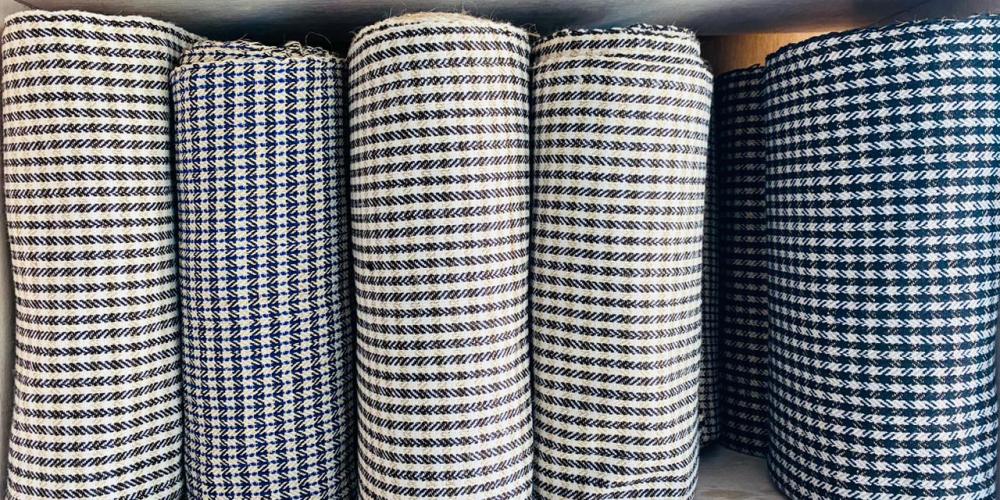Nettle, which is classified as a non-medicinal plant found in forests from 1200 meters to 3000 meters, is known as ‘Jakhilma’ in Kulung language and ‘Bhagro Sisn’ in Nepali. It is called ‘Giant Nettle’ in English.
Its botanical name is Girardinia diversifolia and it belongs to the Urticia species. come R. N. As mentioned in the value chain book 2014, it is found in more than 35 Himalayan districts of Nepal.
Outside of Nepal, it is also found in northern Pakistan, Kashmir, northwestern India, Sikkim, Bhutan, southern and eastern Tibet, Sri Lanka, northern Myanmar, China and Malaysia. Nettle bark found in moist ground has strong fibrous material.
A one-year-old willow is 5 to 7 feet tall. Nettle is found to be in vogue since the myth of Kulang caste. According to the myth, it is said that Ninmaridu was skilled in weaving Nettle’s yarn. According to the principles of livelihood and environmental adaptation, it can be assumed that allo has come into vogue as a very good alternative in terms of strength, warmth and availability suitable for the high mountain environment.
Kulung people traditionally cut the stems of one-year-old Nettle when the leaves have fallen in winter and bring its bark. After cooking that lokta in ash solution for one night, they wash it in water. After that, the waist is kneaded with clay and dried in the sun, and after drying, the clay is swept away to form a soft, golden-colored sheet. By making yarn from this cloth, various necessary materials such as clothes, fishing nets are made. They make bags, dhokro, damlo, dori, namlo etc.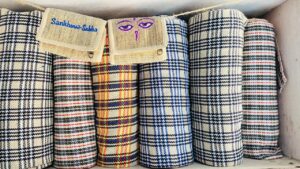
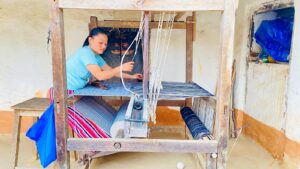
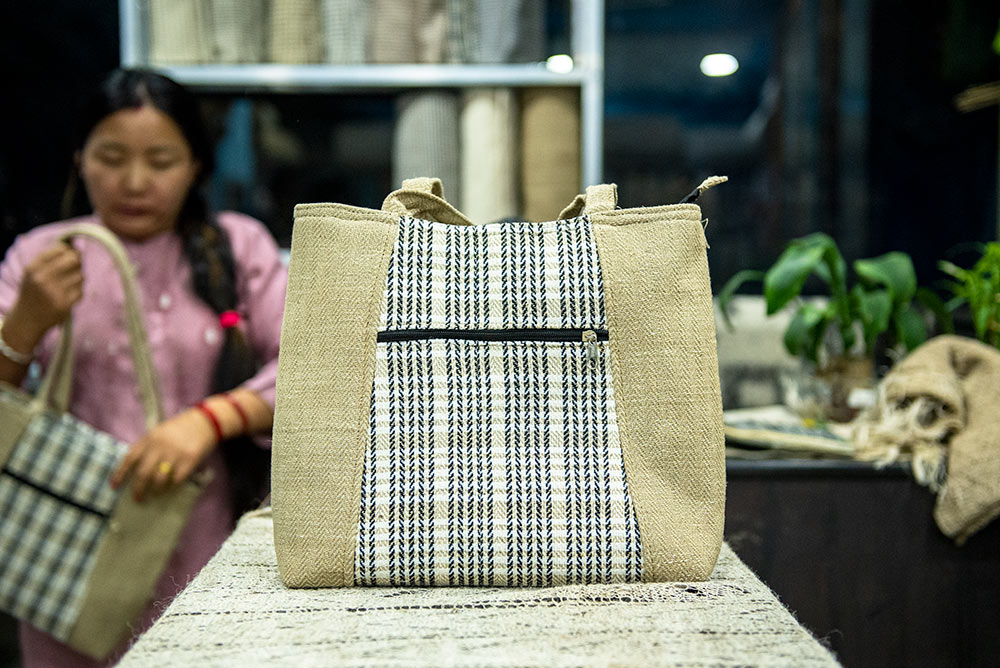
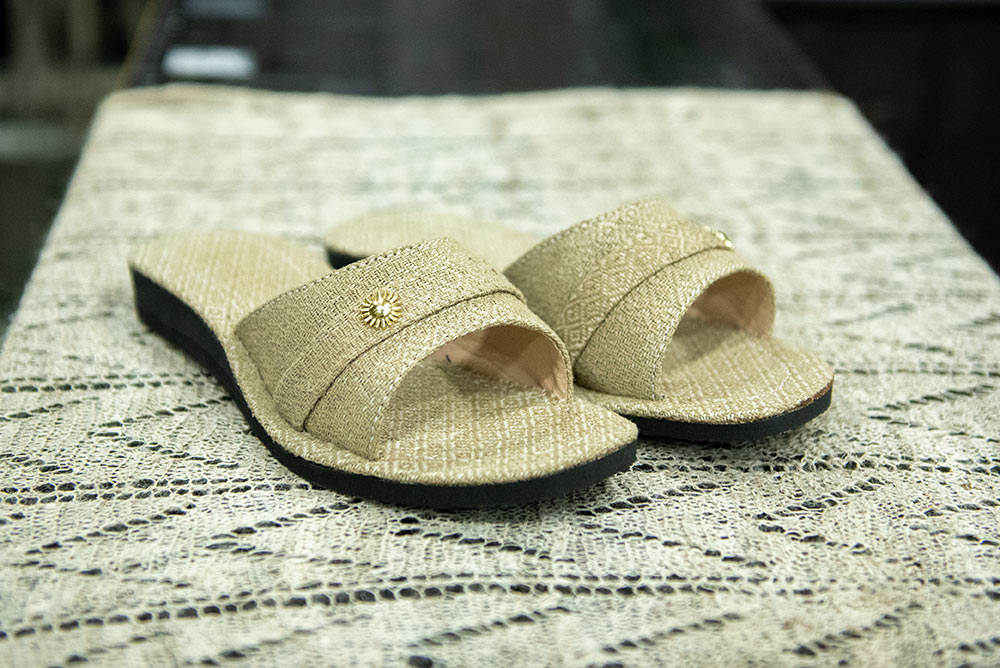

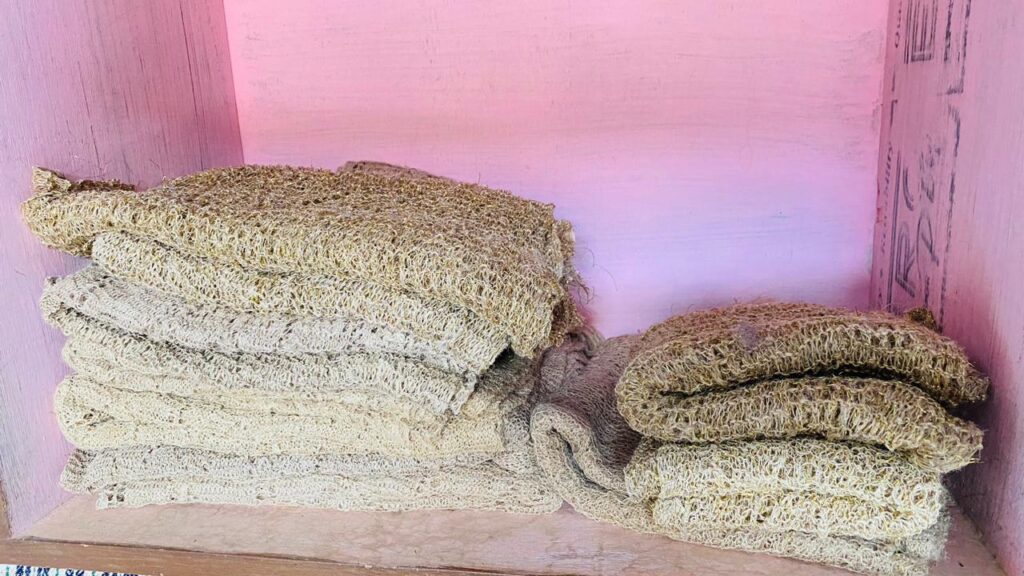

Photo: Bipin Shrestha


